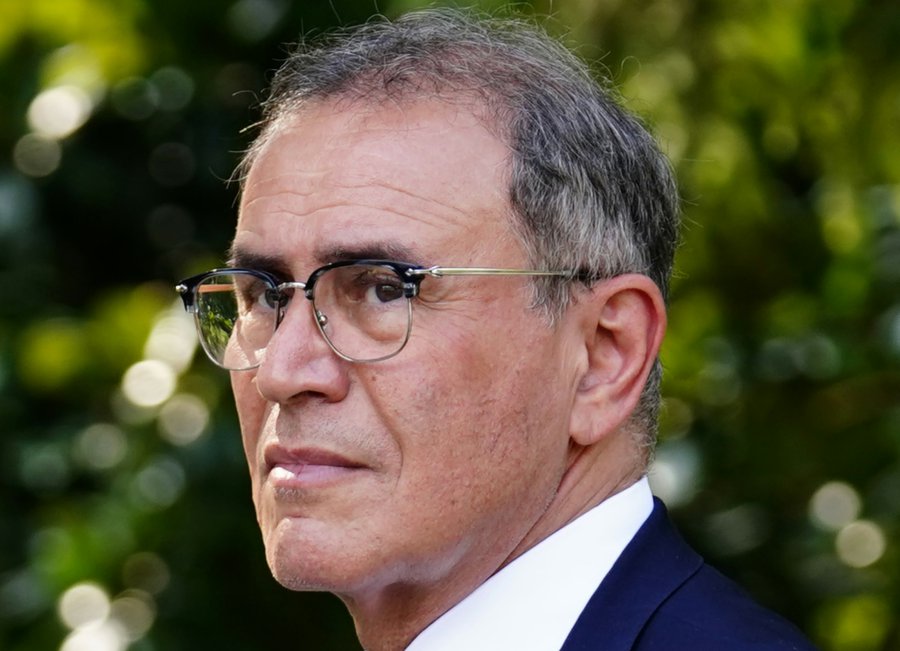After a rebound in equity market sentiment through October and November, investment managers were hopeful for a ‘Santa Rally’ that would end 2022 on a bright note after a miserable year.
Those hopes were dashed in December as inverted yield curves signalled that the bond market is expecting marked economic slowdowns in H1 2023, just as most economist have been predicting.
The autumn rallies in stock market were prompted by the easing in annual inflation rates, which remain elevated.
Investors hope a perception that inflation has peaked may give central bankers in Washington and Frankfurt pause about their aggressive rate hikes, though it’s certain that more rate increase are likely in the short-term.
The euro area annual inflation rate was measured at 10% in November, down from 10.6% the previous month. Though energy and services price inflation eased month-on-month, prices for food and alcohol accelerated to 13.6% from 13.1%.
With November CPI inflation estimated at 11.3% in Germany, 12.5% in Italy, 6.6% in Spain and 7.1% in France, the European Central Bank is set to keep piling on the interest rate pressure, which is not good news for equities.
Kevin Quinn, chief investment strategist at New Ireland, believes there are changes happening that should give some cause for more optimism after months of negativity.
Quinn says that the market believes that inflation is going to reduce materially in 2023, and the decline in where the market thinks inflation is headed is likely to influence interest rate policy.
In a note to clients, Quinn also finds succour in the subtle shift in the tone of comments from Fed chairman Jerome Powell, who indicated recently that the scale of rate increases would begin to be tapered. However, Powell also signalled that the US central bank’s desire is for rates to remain higher for longer.
For Europe, Quinn’s view is that a fall in energy prices and consequently inflation would stay the ECB’s hand somewhat, though that largely depends on whether Putin and Zelensky can find their way towards an accommodation.
It’s clear that there is no quick fix on the horizon for equities volatility. In the first half of 2023 all eyes will be on the economic impacts of higher rates, and whether there will be a soft landing or hard landing.
Quinn cautions that there is a risk that equities are only priced for a mild recession, and anything more severe would bring more downside.
Commentator Nouriel Roubini, aka ‘Dr Doom’, frets that the world faces supply shocks in a context of elevated debt levels, implying that we are heading for a combination of 1970s-style stagflation and 2008-style debt crises.
Roubini (pictured) fears that rapid normalisation of monetary policy and rising interest rates will drive highly leveraged households, companies, financial institutions, and governments into bankruptcy and default.
In typical recessions, US and global equities tend to fall by about 35%. In stagflationary circumstances where there is a financial crisis too, the crash in equity markets could be closer to 50%, Roubini suggests.
Ireland’s stock market index was down 19% through the first 11 months of 2022, dragged down by under-performing blue ships such as CRH (-20%), Ryanair (-14%), Kerry Group (-24%), Smurfit Kappa (-28%) and Kingspan (-50%).
The only bright spots are Bank of Ireland (+61%) and AIB (+48%), which suggests that in Ireland at least the view is that the financial system is sufficiently robust to withstand recessionary impacts at home and abroad.









